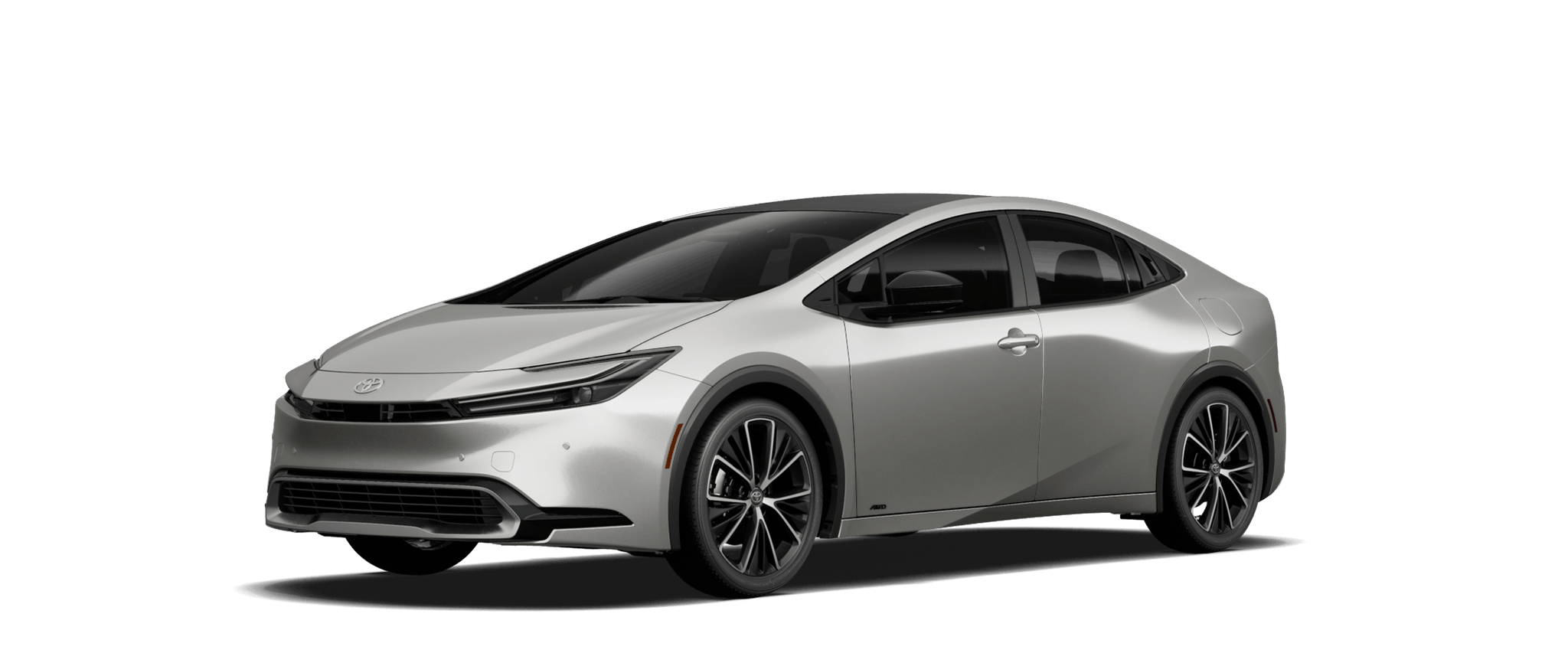How Does A Prius Do In The Snow?
FUEL EFFICIENCY
All vehicles experience reduced fuel efficiency during winter months due to the cold climate. However, Pruis drivers may be more aware of this change, not because the Prius is more effected than the rest, but rather the Multi-Display screen located on the dashboard leads to hyperawareness of efficiency.
There are many reasons why efficiency is decreased. Cold, dry winter air reduces the energy obtained from fuel. Winter refinery formulas also effect fuel efficiency. Winter gasoline contains more butane, which evaporates at a quicker rate. In addition, snow-packed road conditions and frigid wheel bearings increase tires' rolling resistance, which in turn lowers fuel economy. Moreover, maintaining cabin warmth with a continuously running climate control system reduces the gas engine's resting period. All vehicles, not only hybrids, see a reduction in efficiency from reduced battery capacity in to cold weather. This causes the Prius to burn more fuel.

PERFORMANCE
The Prius' Hybrid Drive System its built on top of the front drive wheels, making it the heaviest part of the car. It uses this to its advantage. By pushing the drive wheels through the snow, the Prius gets a better grip on the road. What's more, electric motors, like the one found in the Prius, are more efficient at distributing torque. A common misconception is that only cars with high ground clearance are okay for snowy conditions. The Prius' 5.25 inches give it plenty of clearance. In fact, roads which see steady traffic are often plowed before too much snow accumulates.
The Prius is equipped with Traction Control to prevent slippage and tire spin. Loss of grip not only raises safety concerns, but it also leads to tire wear, which decreases efficiency and can be unsafe themselves. While some may find the abrupt stopping it may cause the opposite of helpful, there are somethings you can do to increase the performance efficiency of the Prius.
- Upgrade to more aggressive snow tires
- It's important to have snow or ice tires on all four wheels. Having only two for the front may allow the Prius to drive better, but stopping and control will not likely see much improvement.
- To maintain maximum efficiency, keep your tires inflated at all times in any season.
- In extreme conditions, these techniques may be beneficial:*
- Turn on Brake mode by putting the car in Drive first. This will change the driving dynamics to be more favorable in packed snow.
- Turn off traction control temporarily. Within a 60 second time frame:- Set ignition switch to ON
- With transmission in park (P), press the gas pedal twice
- Apply parking brake
- Push down on the brake pedal, and put the transmission in neutral (N) by surpassing Drive
- Press the gas pedal two times
- With the transmission back in park (P), press the gas pedal two times ("!Car!" will likely appear on the LCD screen.)
- Press brake pedal, turn ignition switch to start, and start the engine. (A warning symbol in the LCD screen will disappear after the car is turned off and restarted.)
BOTTOM LINE
As the season changes, fuel economy will improve. The Toyota Prius can handle the winter conditions. Be aware of your surroundings. Know your vehicle. Remember, all vehicles are effected by winter weather.
SNOW SAFETY TIP:
- Always clear snow off lights, radiator, as well as license plates.
Toyota Prius in Manassas
To get more information on the Toyota Prius and its abilities call in or stop by Miller Toyota in Manassas today!
*Consult your drivers' manual for vehicle specific protocol. The ability to go forward doesn't improve stopping ability. Be aware of the conditions around you.


![<?= $options['dealer-name']; ?> Benefits](http://bucket.dealervenom.com/2021/09/miller-toyota-logo-alt.png?auto=compress%2Cformat&ixlib=php-1.2.1?auto=compress%2Cformat&ixlib=php-1.2.1)